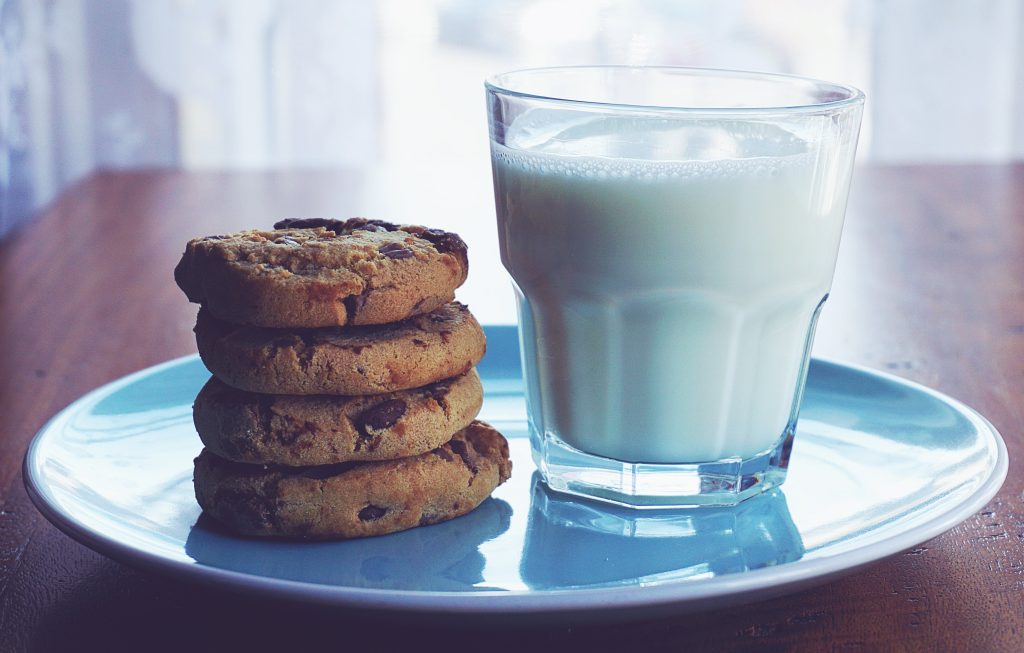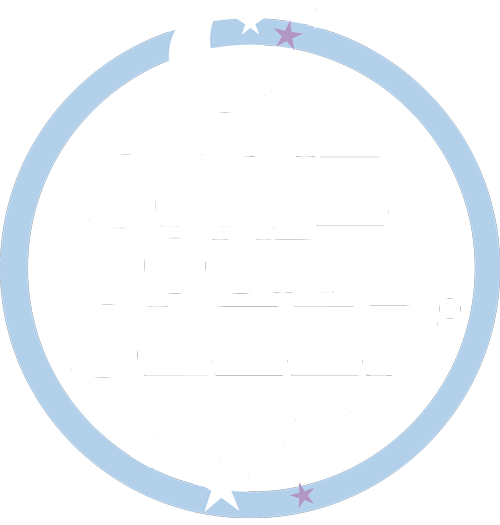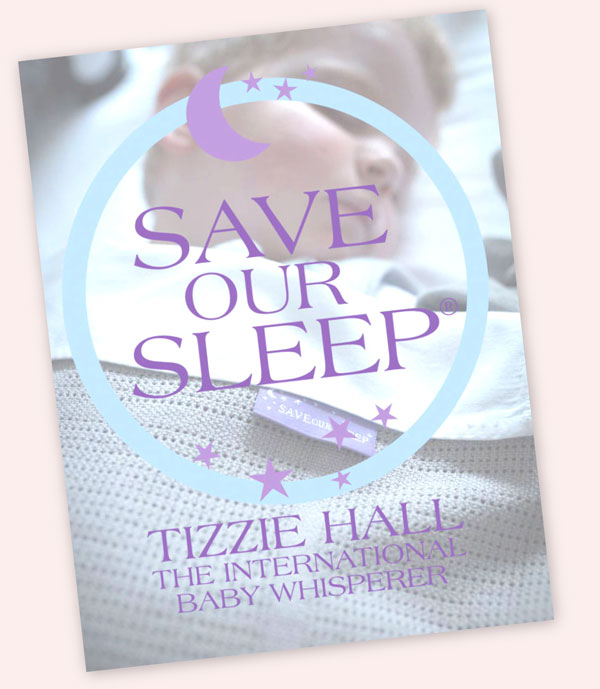Are you feeling unwell and struggling with your breastmilk supply? Tizzie shares her tips to help increase your breastmilk supply.
Often when mummy’s are using my Save our sleep feeding routine and are settled into a great breastfeeding routine. As part of that routine she always feeds her baby from the breast or expresses from the breast at the same time every day which means her breastmilk supply is nice a creamy.
But what happens when mummy gets sick? If mummy or baby gets sick or often everyone in the household comes down with a bug, her breastfeeding routine and breastmilk supply can change, advice often given is to feed a sick baby more often which helps the baby to keep his or her fluids up and while I agree with this advice and think you should follow this, I do see a negative affect after the illness has passed.
The baby is often consuming watery milk which can cause, poor sleep and reflux.
The best thing as always is to of course follow the medical advice, but then once you are all better make sure you spend a day or two getting back on the routine and increasing that beautiful nice creamy milk supply.
If you are finding after an illness or are concerned about your breastmilk supply at any stage, then I would recommend you express for ten minutes from each breast at the end of a feed even if no milk is coming out. Doing this will stimulate your breasts to make more milk.
When your milk supply may have dropped this is a good way to help increase it.
HELPING INCREASE YOUR BREASTMILK SUPPLY
While your doctor can prescribe medication to boost your milk supply many mothers do not like taking any medication while breastfeeding. There are a few old wives’ tales out there to help a mother increase her milk supply. I have passed these on to many of my clients and they have found them effective.
If you are having problems with your milk supply, these two recipes may help you.
Milk-making cookies

Preparation time 15 minutes. Makes 48 cookies
Ingredients:
- 2 tablespoons flaxseed or linseed meal (available at health food shops)
- 4 tablespoons water
- 1 cup butter
- 1 cup sugar
- 1 cup brown sugar
- 2 large eggs
- 1 teaspoon vanilla extract
- 2 cups flour
- 1 teaspoon baking soda
- 1 teaspoon salt
- 2 tablespoons brewer’s yeast, or more
- 3 cups oats, thick cut
- 1 cup chocolate chips, or more
Method:
- Preheat the oven to 190°C (375°F/Gas Mark 5).
- Mix the flaxseed meal and water together and set aside for 3–5 minutes.
- Meanwhile, cream together the butter and sugars. Add the eggs one at a time and mix well. Add the flaxseed mixture and vanilla and stir until well blended.
- Sift together the flour, baking soda, salt and brewer’s yeast and mix into the butter mixture. Stir in the oats and the chocolate chips.
- The dough will be a little crumbly, so use a scoop when putting the cookies on the baking tray. Flatten the mixture into individual cookies.
- Bake for 8–12 minutes, depending on the size of your cookies, until golden.
Milk-making drink
- 2 cups full-cream milk
- ½ cup instant milk powder
- 1 raw egg (optional)
- 2 tablespoons brewer’s yeast
- 2 teaspoons Sustagen
- 1 banana or ½ cup diced fruit
Method: Blend all the ingredients together and drink as often as you can during the day.
Routine matters
Mothers who follow an established routine for their baby often breastfeed for longer than mothers who feed their baby every time he cries. As I have mentioned, demand-feeding every two hours can lead to an inadequate milk supply.
When a hungry baby refuses to settle or wakes every few hours, sleep-deprived mums are often advised to top their baby up with a bottle of formula. While this helps the baby settle, it can lead to breast refusal.
Too often I see mummy’s give up breastfeeding in the mistaken belief they are unable to produce enough milk to satisfy their baby. If these mums had followed a routine I am sure in most cases their milk supply would have increased, their baby would have started drinking a proper feed at each breastfeed, slept well and happily continued breastfeeding.
Bedding for your sick baby
If your baby is ill, with a fever or showing signs of illness, it is very important that you reduce the amount of bedding you use on him. The risk of overheating, and its implications in SIDS, has been shown to be much greater when a baby is unwell.
If your baby has a fever I recommend:
- Dropping down a TOG in the safe sleep bag you use; for example, if you normally use a 2.5 TOG safe sleep bag then change to a 1.0 tog. If you normally use a 1.0 TOG then change to a 0.5 TOG
- A wrap, if you are still wrapping your baby
- No more than two layers of either cotton or bamboo blankets
If your baby is less than eight weeks old I recommend you only dress him in a bodysuit and remove the babygro.
When your baby is unwell and does not usually sleep in cot in your room, I recommend moving yourself to sleep in your baby’s room so you can be close to him. Alternatively, you could use a mini-crib placed next to your bed (which at the lowest settings can be used by a toddler as a sometimes bed).
If your baby has a diagnosed medical condition I recommend you consult your child’s health care professional regarding appropriate bedding.
A bit like a thermometer – you don’t realise how important it is that you have a 0.5 TOG Sleep Bag until you need it. Then you wish you had it because your baby has woken in the middle of the night with a temperature and you need to make her feel comfortable and not miss out on sleep.
On thermometers – Can I just remind you that it is vital that you have one in your home, and it is important that you check your babies’ temperature (and that of all of your family members for that matter) at random intervals on your thermometer until you have an idea of what their temperature naturally sits at on your thermometer.
The reason I say this is that every thermometer is slightly different, you may have your babies temperature checked at the GP and it reads 36.5, however you may get home and find your thermometer reads 37. This could alarm you if you are unsure what your babies’ temperature usually reads at home.




